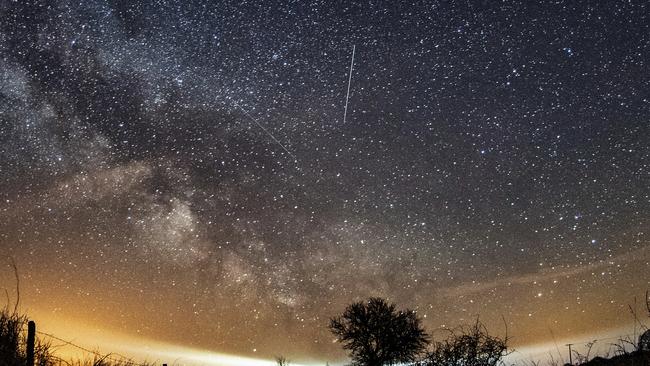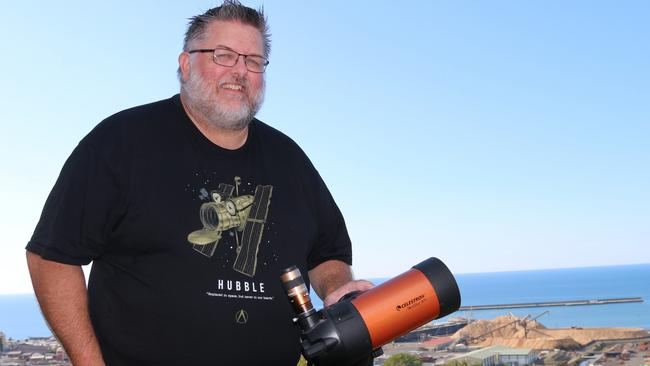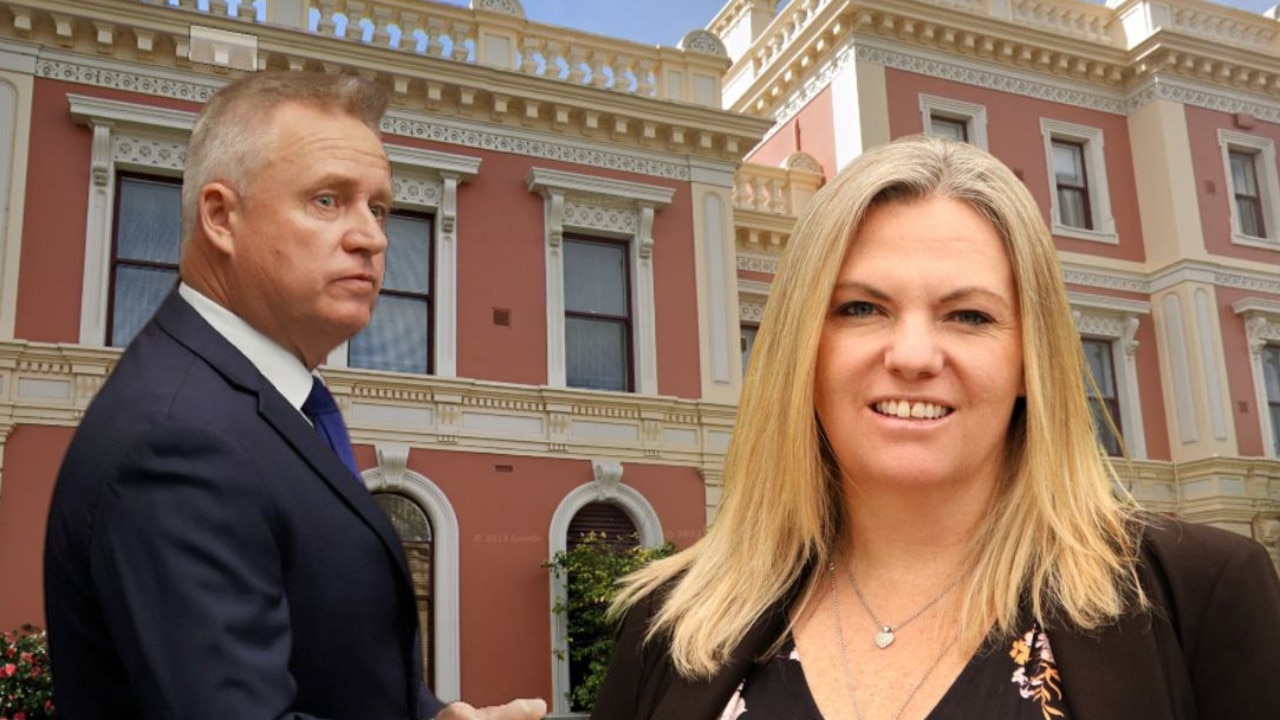Calls to designate dark parks in Tasmania during International Dark Sky Week
Tasmania’s naturally dark skies draw plenty of stargazing tourists every year but calls are growing to officially designate dark sky areas in the state. See where.

Tasmania
Don't miss out on the headlines from Tasmania. Followed categories will be added to My News.
The learnings of the world’s oldest astronomers are at threat of being lost as Tasmania gets brighter.
Vice President at the Astronomical Society of Tasmania Andrew Boyd said Australia was home to the world’s oldest astronomers, with astronomical observation features in the landscape in Victoria that are older than Stone Henge.
“A lot of Indigenous story telling relates to the stars,” Mr Boyd said.
“They were able to tell the seasons by the way the Milky Way appears in the sky.”
One example of this is the “Emu in the Sky”, a celestial pattern that is outlined by dark areas in the sky rather than the stars.
“When his legs appear to disappear that was a sign the emus were nesting, so they wouldn’t hunt the emus because they wanted them to breed so there would be more emus next year,” Mr Boyd said, adding that when the Australian Space Agency was formed it incorporated different Aboriginal constellations into its logo.
He said it was important to protect and preserve this knowledge, which is more than 65,000 years old, by embracing dark sky principles.

Although Mr Boyd understands the importance of light, as he is an electrician by trade, he said there are many aspects of life being disrupted by bright lights.
“I see it from both sides, it’s just like having the angel and the devil on each shoulder.”
This week is International Dark Sky Week, which celebrates the role the night sky plays in protecting healthy wildlife ecosystems, advancing science and exploration, preserving cultural knowledge, and much more.
There are calls to designate areas of Tasmania “dark sky places”, where efforts to minimise light pollution should be in place.
Greens member for Lyons Tabatha Badger said communities across the island, including in Ross and the Tasman Peninsula, have seen the value in protecting darkness and are becoming pioneers of dark sky tourism in Tasmania.
She said it was beyond time for the Tasmanian government to get on board and see that our naturally dark places and sky country is protected for future generations.
“The early adaptors to this growing trend will reap the rewards of being innovators and having the highest degree of dark values in a world rapidly seeing the negative impacts of growing light pollution,” she said.
She said dark sky tourism was a huge visitor market that is low impact and helps bring visitors in the winter when the nights are longer.
There are six designated dark sky places on the mainland of Australia, but none yet in Tasmania.
A state government spokeswoman said Tasmania’s naturally dark skies were a drawcard for visitors and were promoted to visitors through the Discover Tasmania website and Off-Season promotions.
Dark Sky principles are not about removing lights but creating sensible lighting, Mr Boyd said.
There are five dark sky principles to ensure a place is lit safely, but prudently.
This includes only using lights if it’s needed, using direct lights to target only what needs to be lit, lights being no brighter than necessary, controlled and warm coloured.
Mr Boyd was gearing up to watch the annual Lyrids meteorite shower, which should be visible to the naked eye from around 2am on April 21 and 22.
He said the Burnie lookout would make for the perfect vantage point for viewing the shower, if it weren’t for the lights coming from the CBD, the port and the railway.
“On the other side of Roundhill would be fantastic.
“It just needs to be somewhere dark,” he said, adding that people should look toward the North and North East, quite low to the horizon, to see the show.
More Coverage
Originally published as Calls to designate dark parks in Tasmania during International Dark Sky Week





